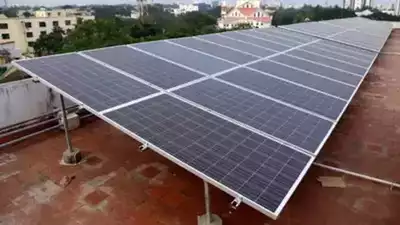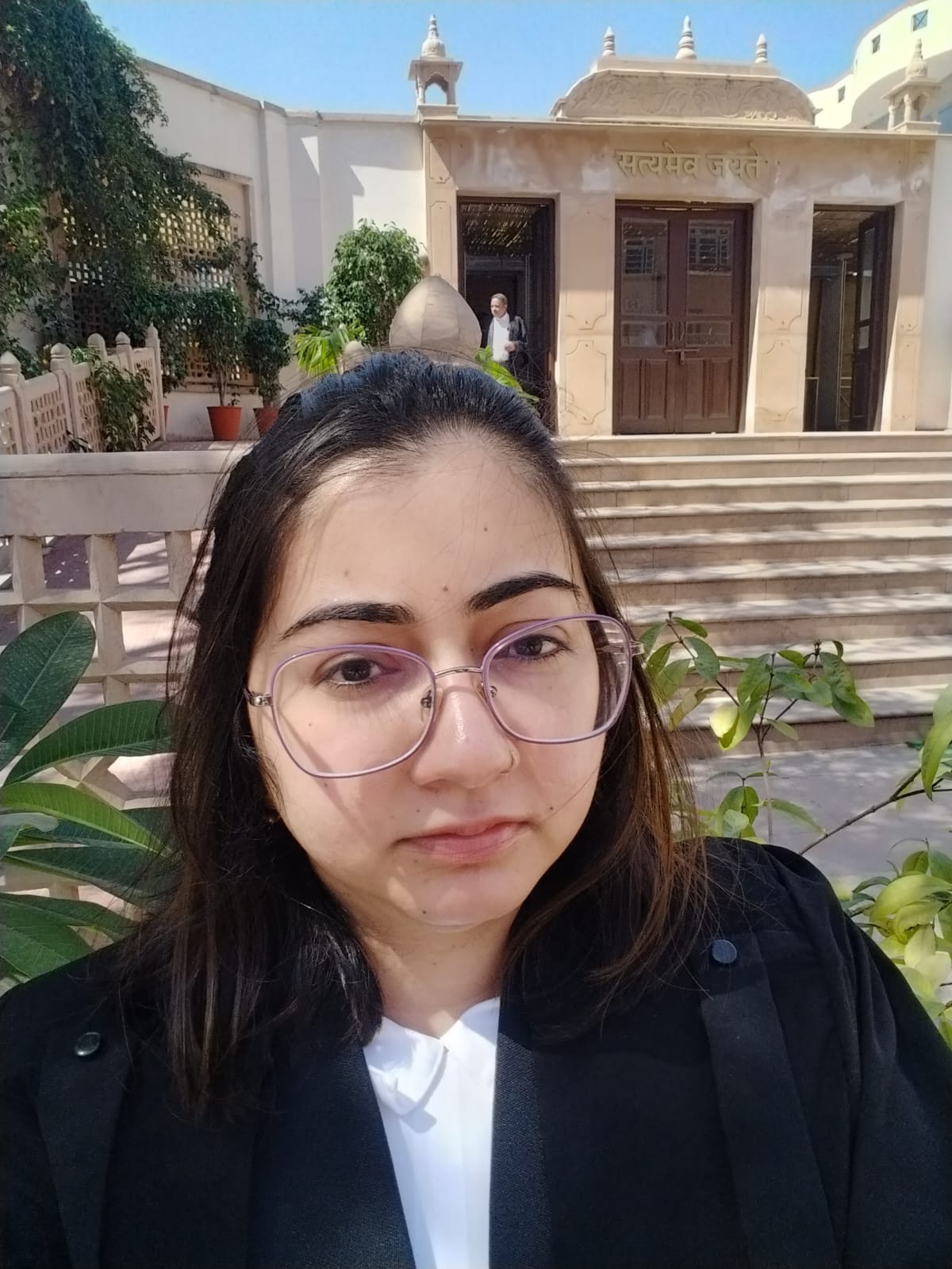The Finance Minister, Nirmala Sitharaman, announced the launch of the ‘Rooftop Solar Scheme’ or the ‘PM Surya Ghar Muft Bijli Yojana’ in the Interim Budget 2024-25. In the full Budget 2024-25, the Finance Minister reiterated that this scheme will enable 1 crore households to obtain free electricity up to 300 units every month. This article covers everything about the Rooftop Solar Scheme or PM Surya Ghar Muft Bijli Yojana.

PM Surya Ghar: Muft Bijli Yojana
This Finance Minister announced a rooftop solar scheme in the Interim Budget 2024-25. Subsequently, the Prime Minister launched the ‘PM Surya Ghar Muft Bijli Yojana’ on 15 February 2024. The Budget 2024-25 emphasised this yojana and provided that the government will provide for the installment of solar panels to 1 crore households. It will provide subsidies for installing rooftop solar panels for residential houses and using solar energy for electricity, which will help save money on electricity bills.
Solar panels are installed in houses under this scheme to supply power to households and additional money for excess electricity output. The Central Government will provide substantive subsidies directly to people’s bank accounts and heavily concessional bank loans to ensure that there is no cost burden on the people. The government subsidy will cover up to 40% of the cost of installation of the solar panels.
This scheme will help poor and middle-class households save up to Rs. 15,000 to Rs. 18,000 crores annually by getting free solar electricity and selling surplus power to electricity distribution companies. Under this scheme, the government aims to install solar panels in one crore homes throughout the country. This scheme will help the government save around Rs. 75,000 crore per year for electricity costs.
Benefits of Rooftop Solar Scheme/PM Surya Ghar Muft Bijli Yojana
- Savings of up to Rs. 15,000 to Rs. 18,000 crores annually from free solar electricity and selling the surplus power to the distribution companies for charging electric vehicles
- Charging of electric vehicles
- Entrepreneurship opportunities for many vendors for the supply and installation of solar panels
- Employment opportunities for the youth with technical skills in the installation, manufacturing and maintenance of solar panels
- Reduction of electricity costs for the government.
- Increased use of renewable energy.
- Reduction in carbon emissions.
Eligibility Criteria for Rooftop Solar Scheme
- Applicants should be residents of India
- Applicants should belong to poor and middle-income households
- Applicants should have their own residence with a roof suitable for installing solar panels.
- Applicants must have a valid electricity connection.
- Applicants should not have availed of any other subsidy for solar panels.
Rooftop Solar/PM Surya Ghar Muft Bijli Yojana Installation Subsidies
- For up to 2 kW – Rs. 30,000 per kW
- For additional capacity up to 3 kW – Rs. 18,000 per kW
- Total subsidy for systems larger than 3 kW – Maximum Rs. 78,000
Documents Required for Rooftop Solar Scheme
- Proof of identity
- Proof of address
- Electricity bill
- Roof ownership certificate
How to Apply for Rooftop Solar Scheme/PM Surya Ghar Muft Bijli Yojana?
Step 1: Visit the official website of PM Surya Ghar Muft Bijli Yojana.
Step 2: Click on the ‘Apply for Rooftop Solar’ button available on the left-hand side of the homepage.
Step 3: Click on ‘Registration’ and select the state, district, and electricity distribution company, enter your customer account number, and click on ‘Next’.
Step 4: Enter your mobile number and email, and click on ‘Proceed’.
Step 5: Enter the required details on the ‘Apply for Rooftop Solar Installation’ form, upload the documents and click on the ‘Final Submission’ button to submit the form.
Step 6: After applying for Rooftop Solar, wait for the feasibility approval from DISCOM. Once the feasibility approval gets approved, install the plant through a registered vendor in your DISCOM. You can find the registered vendor near your house by clicking here and entering your state on the search bar of the page.
Step 7: Submit the plant details and apply for a net meter after the installation is over.
Step 8: After the installation of the net meter and DISCOM inspection, they will generate a commissioning certificate from the portal.
Step 9: Once you get the commissioning report, submit your bank account details and a cancelled cheque by logging into the PM Surya Ghar Muft Bijli Yojana portal. You will receive the subsidy in your bank account within 30 days.
FAQs
How much subsidy is provided under the Rooftop Solar Scheme?
The subsidy amount may vary based on the capacity of the solar system installed and the guidelines set by the government. Generally, residential users can receive a subsidy of up to 40% on the cost of the solar system, while the subsidy for commercial and institutional users may be lower.
What is the Rooftop Solar Scheme?
The Rooftop Solar Scheme is an initiative by the government to promote the installation of solar power systems on rooftops of residential, commercial, and institutional buildings. The scheme aims to harness solar energy for generating electricity and reduce dependency on conventional power sources.
